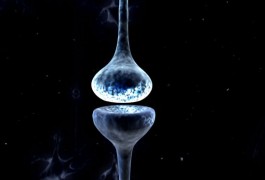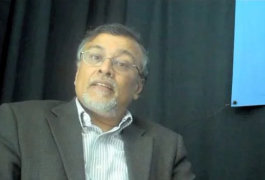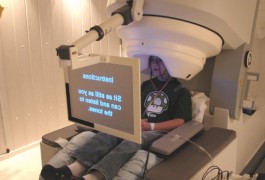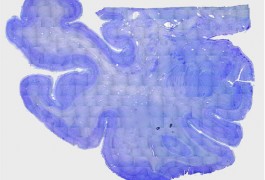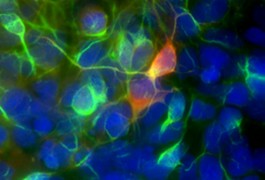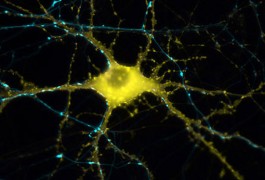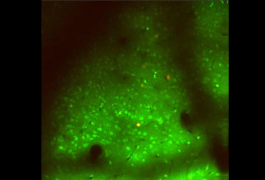Fish tale implicates language gene in autism
Reducing the levels of CNTNAP2 — a gene implicated in both autism and language impairment — in zebrafish leads to a decrease in neurons that dampen signals in the brain, according to unpublished data presented Tuesday at the Society for Neuroscience annual meeting in San Diego.

